Alberta
Lacombe students win national space competition
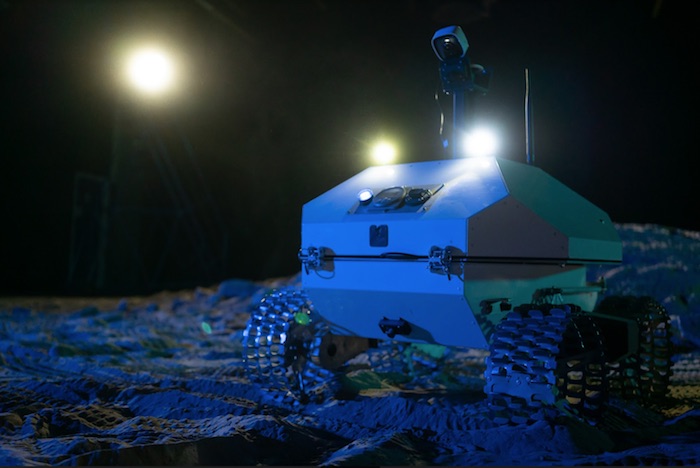
News release from Let’s Talk Science / Parlons sciences London, ON
London, Penetanguishene, Lacombe and Niagara Falls students win national space competition
Students from London, Penetanguishene, Lacombe, and Niagara Falls have won the Lunar Rover Research Challenge, a new national space competition offered by Let’s Talk Science, Canadensys Aerospace Corporation and Avalon Space, with support from the Canadian Space Agency. Over 3500 youth from across Canada participated in the national competition.
Winners of the competition have the opportunity to virtually control a Canadensys lunar rover in a Moon-like environment, allowing them to interact with technology that will be part of Canada’s upcoming space mission. The classes completed a mission simulation by working as a team to drive the rover and seek out ice deposits in a mock lunar landscape.
Canadensys designed the rovers controlled by the winning teams. They recently received a contract from the Canadian Space Agency to build Canada’s first lunar rover to be sent to the moon as early as 2026.
The Lunar Rover Research Challenge allowed students to collaborate and develop a mission for lunar exploration. A panel of expert judges evaluated the submissions and determined the winners.
The following teams won the Lunar Rover Research Challenge:
Team Selene at Lambeth Public School in London, Ontario
The Earthings at Burkevale Protestant School in Penetanguishene, Ontario
Stingrays at Crestomere School in Lacombe, AB
The Goofy Goobers at Prince Philip School in Niagara Falls, Ontario
The Lunar Rover Research Challenge will run again in the new year, with registration reopening in January. This competition is free to enter and is geared toward youth aged 11-14. Interested parties are encouraged to subscribe to the insider mailing list for exclusive project updates and tips.
The lunar rover driven by students will not be the exact model that is sent to the moon. This project is made possible through funding provided by the Canadian Space Agency (CSA).
Quotes
“STEM skills are vital for work and citizenship demands,” said Dr. Bonnie Schmidt, President of Let’s Talk Science. “The Lunar Rover Research Challenge leverages the excitement of space to allow youth to develop essential communication, critical thinking and engineering skills.”
“The mission itself got students out of their comfort zone. The students who are shy and don’t like to speak publicly were able to communicate with other teams. They had to critically think about their decisions and work with other groups,” said Vandana Bhalla, London, Ontario, winning teacher on her students controlling a Lunar Rover. “Not only that, but they realized that they were a part of history in the making while coding the rover and getting the scientific readings.”
“Having detailed plans allowed me to implement this activity into the classroom and include some language curriculum as well,” said Austin Vavrovics, Penetanguishene, Ontario winning teacher on the overall project experience. “Seeing the satisfaction and interaction from my students during and after the project was exciting.”
“Congratulations to this year’s Lunar Rover Research Challenge winners. We are thrilled to partner with the innovative team at Let’s Talk Science to do our part in sharing this exciting next chapter of space activities with future generations of Canadian science and engineering leaders,” says Peter Visscher, General Manager, Canadensys Aerospace Corp.
“We are going to see a growing amount of activity around the Moon over the coming years, with Canada’s first astronaut likely flying to the Moon in the next couple of years, and Canada’s first lunar rover flying shortly after that. It is a genuine privilege to be able to open the experience of these upcoming missions to a new generation and seeing the wonder, discovery and ambition through their eyes reminds us all of how we ourselves felt when we first began our journey working in space. More importantly, though, it offers us a precious glimpse into what future generations may make of this new opportunity, and this is only the beginning. We are looking forward to a growing number of activities and announcements across the country over the coming months as the adventure unfolds,” says Dr. Nadeem Ghafoor, CEO of Avalon Space.
Fast facts
– The competition is offered at no cost in both French and English.
– This experience was designed around five lessons, with youth learning about Canada’s role in space, planning their rover mission and exploring careers in the space sector.
– The Lunar Rover Research Challenge launched on August 22nd, 2022.
About Let’s Talk Science
Let’s Talk Science – a leading partner in Canadian education – is a national charitable organization committed to inspiring and empowering children and youth of all ages in Canada to develop the skills they need to participate and thrive in an ever-changing world. To accomplish this, Let’s Talk Science offers a comprehensive suite of science, technology, engineering and math (STEM) based programs to support youth, educators, and volunteers across Canada. For more information about Let’s Talk Science, visit letstalkscience.ca.
About Canadensys Aerospace Corporation
Canadensys Aerospace Corporation is one of Canada’s most innovative space systems companies servicing customers around the world. We blend our advanced space hardware capabilities with smart, ruggedized designs to develop unique solutions for planetary, orbital and terrestrial environments based on modern, commercial business approaches to space program and mission development.
About Avalon Space
Avalon Space Inc. is a Toronto-based space company dedicated to broadening access to and participation in the exploration and development of space. Avalon works with actors across the space exploration ecosystem, from mission developers to lunar landers & rover teams to future human missions, to help build a more sustainable, inclusive, and commercially scalable path as humanity reaches out beyond Earth orbit.
About the Canadian Space Agency
The Canadian Space Agency advances the knowledge of space through science and ensures that space science and technology provide social and economic benefits for Canadians.
Alberta
Second body recovered from Bow Glacier Falls rockslide. Police identify first victim
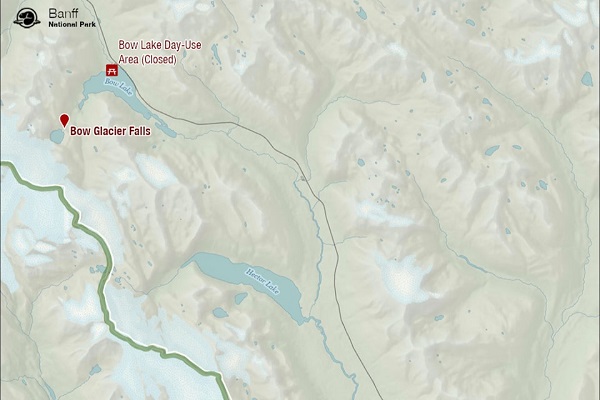
News release from the RCMP and Parks Canada
Parks Canada and RCMP continue to respond to a rockslide at Bow Glacier Falls near Bow Lake, approximately 37 km north of Lake Louise in Banff National Park. Search and rescue operations resumed at 6:30 am on June 20, 2025.
RCMP confirm that the individual located deceased at the scene on June 19, 2025, was a 70-year-old female resident of Calgary, Alberta. RCMP also confirm that a second deceased individual was recovered on the morning of June 20, 2025. RCMP is notifying their next of kin and no further information is available at this time. Three individuals transported to hospital by STARS and ground ambulance on June 19, 2025 were all in stable condition at last report.
At this time, there are no additional persons reported missing and no additional unidentified vehicles at the trailhead located at Bow Lake.
Parks Canada and RCMP extend our deepest condolences to the families and friends of the two individuals who lost their lives, our hearts are with them. Our thoughts also remain with those in hospital and we hope for their full recovery.
In a continued effort to complete a thorough assessment, Parks Canada visitor safety teams continue work today with support from a geotechnical engineer with Canada Task Force One (CAN-TF1 Vancouver), as well as members of Canada Task Force Two (CAN-TF2 Calgary) and their partners in the Calgary Police Service.
The safety of first responders and park visitors is our top priority.
Bow Lake and the trail to Bow Hut have reopened. Bow Glacier Falls remains closed to all visitors. The NOTAM (no-fly zone) remains in place to ensure public safety and for park operations. Parks Canada and RCMP thank visitors for giving teams space to work safely.
The Icefields Parkway (Highway 93N) remains open with potential intermittent, short-term traffic stoppages in the vicinity of the incident. Heavy precipitation including snow is occurring on the Icefields Parkway. Please check the weather forecast and Alberta 511 before travelling.
Banff National Park remains open and safe to visit.
Updates will be provided as more information is available.
BACKGROUND:
RCMP AND PARKS CANADA – JOINT STATEMENT #2
June 20, 2025 8:10 AM
Lake Louise, Alberta – On June 19, 2025, at 1 pm Parks Canada received a report of a serious rockfall at Bow Glacier Falls located west of the Icefields Parkway (Highway 93N) near Bow Lake, which is approximately 37 km north of Lake Louise in Banff National Park.
Parks Canada wardens and RCMP remained on site overnight. Parks Canada visitor safety teams will continue working today with support from Canada Task Force Two (CAN-TF2 Calgary), a national disaster response team.
CAN-TF2 is conducting infrared flights, through their partners in the Calgary Police Service, in a continued effort to complete a thorough assessment. A Canada Task Force One (CAN-TF1 Vancouver) geotechnical engineer will conduct a slope stability assessment. The safety of first responders and park visitors is our top priority.
As reported yesterday, one person was located deceased at the location on June 19th. RCMP are working to notify next of kin. No further information about this individual is available.
Bow Lake remains closed to all visitors. A NOTAM (no-fly zone) remains in place to ensure public safety and for park operations. Parks Canada and RCMP thank visitors for giving teams space to work safely.
Alpine Club of Canada guests staying at Bow Hut are safe. Visitors staying at Bow Hut will be able to exit on schedule via the usual route, which is unaffected and safe to travel.
The Icefields Parkway (Highway 93N) remains open with potential intermittent, short-term traffic stoppages in the vicinity of the incident. Heavy precipitation including snow occurring on the Icefields Parkway. Please check the weather forecast and Alberta 511 before travelling.
Banff National Park remains open and safe to visit.
Alberta
Alberta Trailblazing On Property Rights Protections
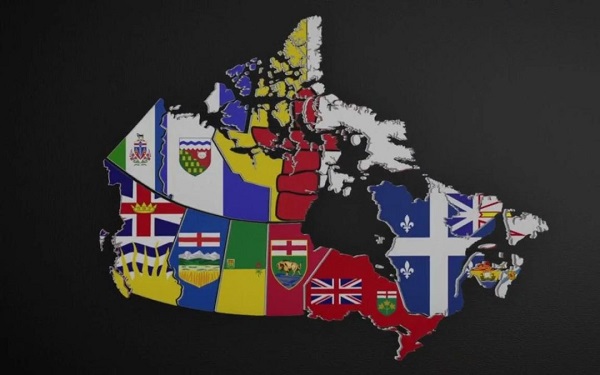
From the Frontier Centre for Public Policy
Most pundits missed it, but Alberta’s revised Bill of Rights just strengthened property rights in a big way. Senior research fellow Joseph Quesnel breaks down how new amendments could protect landowners from regulatory takings—government actions that restrict property use without compensation. He examines key Supreme Court of Canada rulings and explains why every Canadian jurisdiction should take note. Could this be a game-changer for property rights?
Property rights amendments prevent governments from seizing land or restricting its use without compensation
Alberta is one of the few Canadian jurisdictions with a citizen’s bill of rights outlining fundamental freedoms. In 1972, the Lougheed government introduced the Alberta Bill of Rights, which supersedes other laws and requires provincial legislation to be consistent with it.
Premier Danielle Smith faced controversy last year for amending Alberta’s Bill of Rights. While most commentators focused on the amendments protecting the right to refuse vaccinations, they overlooked the significance of changes that strengthen property rights.
Section 1 now states: “The right to the enjoyment of property and the right not to be deprived thereof to the extent authorized by law and except by due process of law.”
Another new clause reads: “The right not to be subject to a taking of property except to the extent authorized by law and where just compensation is provided.”
The law defines a “taking” in two ways: as “a transfer of property ownership without the consent of the owner (expropriation)” and as a situation where “an owner of property [is] being deprived of all reasonable uses of that property.”
Unlike the United States, Canada lacks constitutional protections for property rights. While Canadians have some legal safeguards, they are not as extensive as those in the U.S. In the British common law tradition, there is a presumption that if the government takes a citizen’s property, it must follow legal procedures and provide compensation.
This principle dates back to the Magna Carta of 1215, which opposed arbitrary seizure, and extends to the 1920 British case Attorney General v. De Keyser’s Royal Hotel, which ruled: “Unless the words of the statute clearly so demand, a statute is not to be construed to take away the property of a subject without compensation.”
Following this precedent, federal, provincial and territorial governments in Canada must provide fair compensation when expropriating property. While provinces and territories have different expropriation laws, they all require due process.
However, a legal loophole allows governments to deprive citizens of their property without compensation. Courts refer to this as a “regulatory taking” when government regulations restrict land use to the point that it is effectively expropriated.
The Supreme Court of Canada ruled on regulatory takings in two cases: Canadian Pacific Railway Co. v. Vancouver (2006) and Annapolis Group Inc. v. Halifax Regional Municipality (2022). The court determined that compensation for regulatory takings requires two conditions: the government must acquire a beneficial interest in the property, and the regulation must remove all reasonable uses of the land. A beneficial interest means the government gains a financial share or the right to occupy a property without legally owning it.
Peter Russell, one of Canada’s top constitutional law scholars, argued that the requirements established in the CPR case are nearly impossible to meet. Proving the removal of “all” reasonable uses sets a high bar, granting governments broad discretion to restrict land use without compensation.
The Annapolis ruling clarified this issue. The Supreme Court determined that municipalities do not need to gain a proprietary interest in a property to constitute a regulatory taking. Instead, a claimant only needs to prove the government received “a benefit or advantage accruing to the state” due to regulatory activity. This means the government can deprive a titleholder of potential economic use without taking legal ownership.
The Annapolis decision also established that courts must consider future-oriented land uses when determining whether a regulatory taking has occurred. The amended Alberta Bill of Rights now explicitly includes both expropriations and regulatory takings, strengthening property rights protections.
This amendment is significant because it expands safeguards for Albertans by applying not only to provincial laws but also to municipal bylaws. While Alberta cannot enforce laws that conflict with the amended Bill of Rights, the revisions give courts more authority to ensure governments treat citizens fairly.
The updated Bill of Rights is now law in Alberta. Other provinces and territories should follow its lead and strengthen protections for their citizens.
Joseph Quesnel is a senior research fellow with the Frontier Centre for Public Policy.
-

 Business2 days ago
Business2 days agoCanada’s critical minerals are key to negotiating with Trump
-
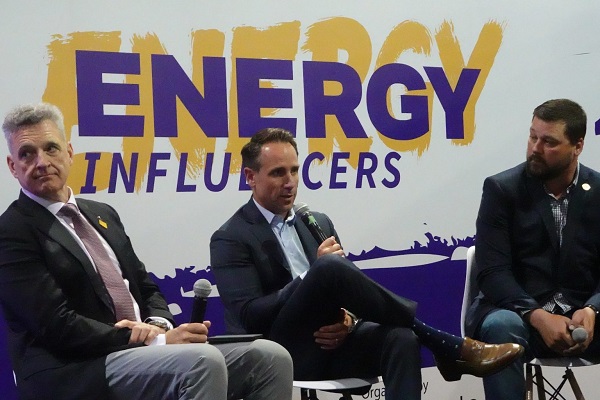
 Alberta1 day ago
Alberta1 day agoAlberta’s carbon diet – how to lose megatonnes in just three short decades
-

 espionage1 day ago
espionage1 day agoFrom Sidewinder to P.E.I.: Are Canada’s Political Elites Benefiting from Beijing’s Real Estate Reach?
-
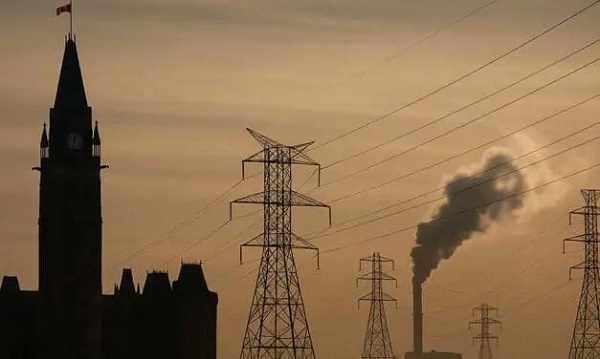
 Energy1 day ago
Energy1 day agoWho put the energy illiterate in charge?
-

 International2 days ago
International2 days agoTrump puts new price tag on Canada joining “Golden Dome”
-

 espionage23 hours ago
espionage23 hours agoFBI Buried ‘Warning’ Intel on CCP Plot to Elect Biden Using TikTok, Fake IDs, CCP Sympathizers and PRC Students—Grassley Probes Withdrawal
-
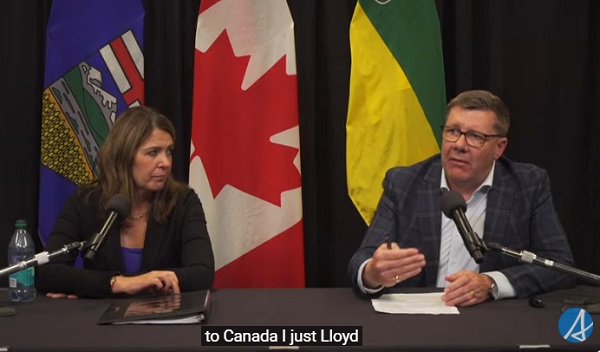
 Alberta2 days ago
Alberta2 days agoUnified message for Ottawa: Premier Danielle Smith and Premier Scott Moe call for change to federal policies
-
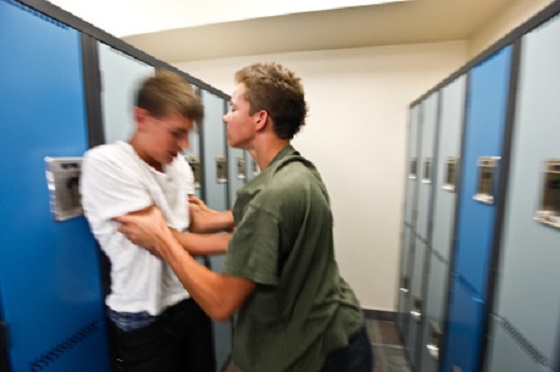
 David Clinton22 hours ago
David Clinton22 hours agoWhy Are Ontario’s Public Schools So Violent?






